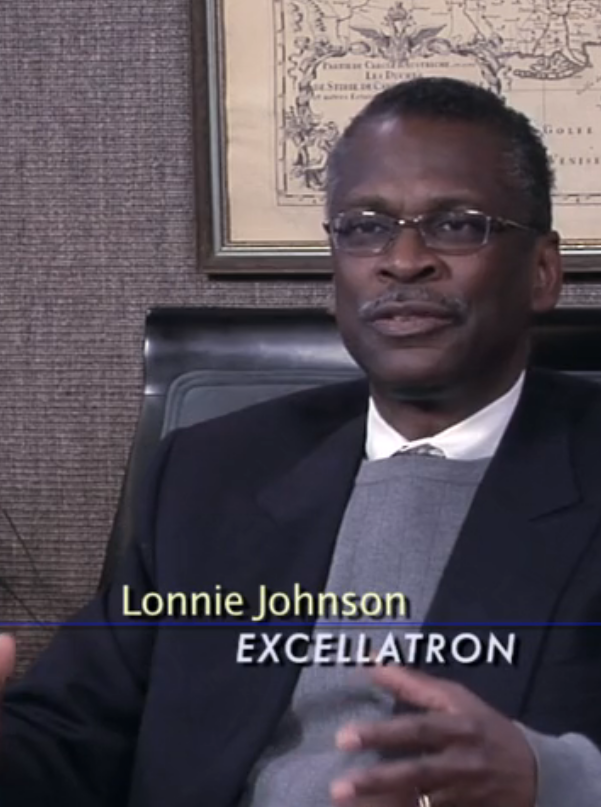Change how electricity is generated, then stored, and you change the world. Scientist Lonnie Johnson’s three most recent inventions address all three domains.
“You need a device for converting the energy from the sun. Then you also need the battery to store it. (And) if we can bring that new technology to fruition first, then we gain leadership and we're able to create and keep jobs here in the United States."
Dr. Johnson has invented an engine that can generate electricity from any heat source -- and has no moving parts. In addition, his Excellatron company has working prototypes for two distinct battery technologies -- high temperature thin film and lithium air.
“Lithium ion batteries are key for electric vehicles but they have limitations. That will be a real challenge for the auto industry. Whereas the industry is (now) struggling to get to a hundred miles on a single charge, our technology will allow you to go up to a thousand miles on a single charge.”
Lithium air batteries have been battery technology’s holy grail: longed for, but proclaimed impossible to build, economically or otherwise.
“Up until we got involved, all of the prior researchers, including the individuals from the Army, had concluded that the challenge of making a lithium air battery recharge was not practical. We've addressed its rechargeability,” he says. “We have the record on rechargeability for lithium air batteries. We're over 100 cycles and, any day now, we're implementing some design features that I'm anticipating will take that even higher,” he says, standing in front of a bank of batteries which validate his claim.
Why the fuss over lithium air versus lithium ion?
“The lithium air battery is going to store ten times more energy than a lithium ion battery. So your cost per watt-hour of storage capability is an order of magnitude lower. That's the thing that makes it very exciting and worth undertaking.”
Dr. Johnson’s engine potentially revolutionizes the entire concept. With no moving parts, it converts heat directly into electricity.
“It would be applicable to any heat source -- solar energy, waste heat from industrial processes, geothermal heat -- wherever there is a heat source. It offers higher conversion efficiency than any other engine that has been built before...” Dr. Johnson says. He leaves it to observers to add, “...Ever.”
Dr. Johnson and his colleagues focus on going beyond next generation technology, and fervently believe this is crucial the America’s future, including creating jobs at home.
“It’s true that next generation technology will be manufactured world-wide. The best plan for United States is to go the next generation beyond. Establish leadership in the the intellectual property. This will allow us to maintain a foothold, and enable us to establish leadership worldwide while the other countries are starting to play catch-up to us for a change.”
[This Program was recorded February 11, 2011, in Atlanta, Georgia, U.S.]

Lonnie Johnson
... inventor. Until now, Mr. Johnson is best known as the inventor of the Super Soaker water gun. It is the profits from that invention which have principally funded his research. With years of experience in the Air Force and NASA, at JPL and the Oakridge National Laboratory, he stepped outside the confines of industry, government and academia to pursue his own vision. Mr. Johnson is building and testing devices -- batteries and solar electric generators -- that many scientist had said were impossible. The odds are heavily against him, but he may be the person who leads us away from the fiscal and environmental devastation of fossil fuels.
| Audio Preview of Lonnie Johnson |
audio content:
Conversation 1 |
Conversation 2 |
Conversation 3 |
Conversation 4 |
Conversation 5 |
Conversation 6 |
6:18 |
11:34 |
11:23 |
11:21 |
11:18 |
8:31 |
 |
 |
 |
 |
 1:00:34
1:00:34

